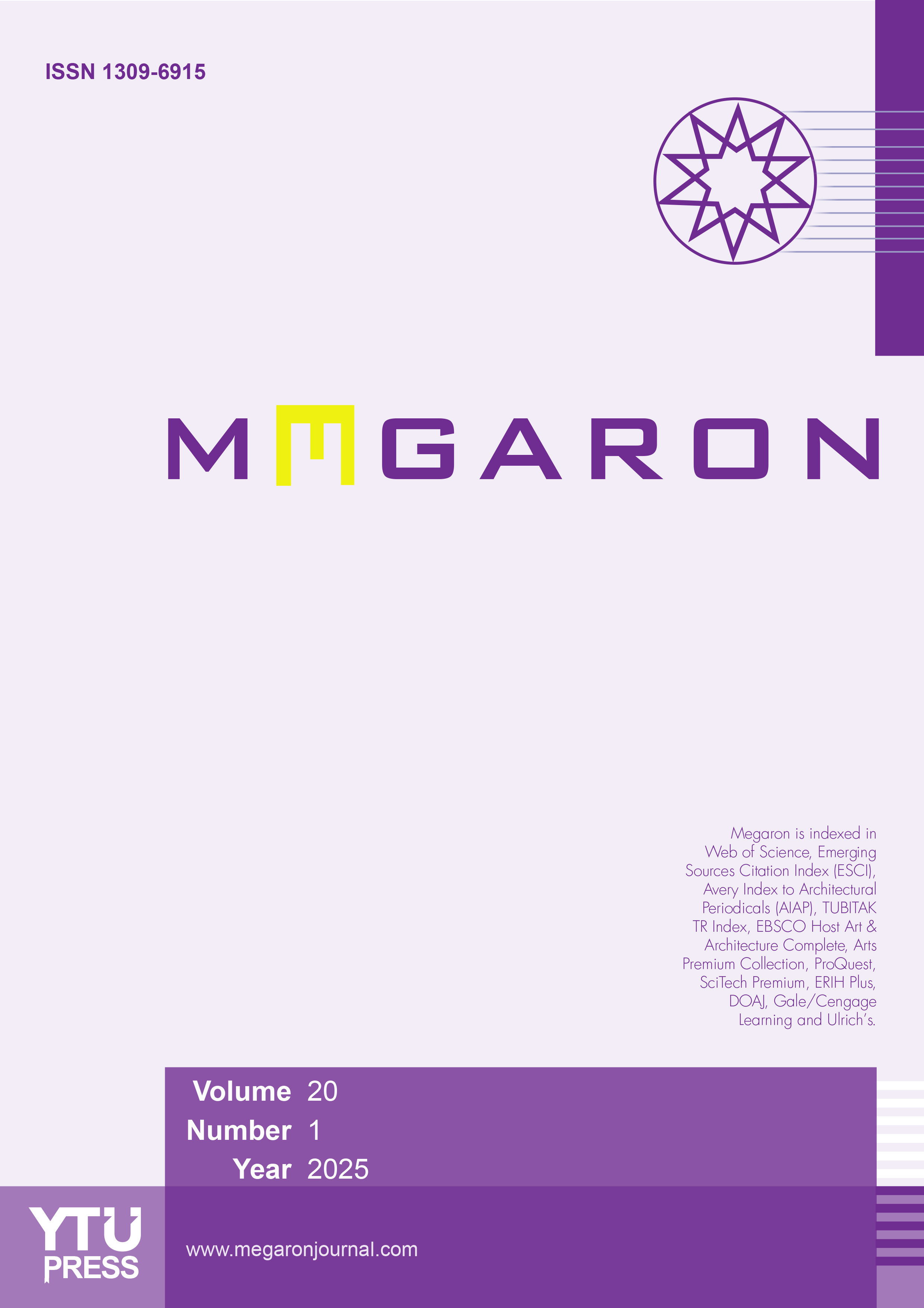Evaluation of the origins of Sedad Hakki Eldem’s Anitkabir competition project proposal through his sketches during his student years
Kerim Kürkçü, Nur UrfalıoğluDepartment of Architecture, Yıldız Technical University Faulty of Science and Engineering, İstanbul, TürkiyeSedad Hakkı Eldem, a prominent figure in modern Turkish architecture, was deeply influenced by his elite Ottoman family background and his early exposure to European culture. His education at Istanbul's Sanâyi-i Nefîse Mektebi and his interest in Anatolian heritage shaped his architectural philosophy. Eldem's 1924–1925 sketchbooks, containing 120 sketches and newspaper clippings, reveal his fascination with Turkish architectural styles, from Anatolian Seljuk to Ottoman designs, as well as European modernist influences.
The sketches cover a variety of subjects, including building designs, urban settings, and architectural details, reflecting his academic training and personal interests. The clippings focus primarily on Anatolian cities and Turkish architectural heritage, and were collected before Eldem's firsthand exposure to these places. Eldem's 1942 proposal for the Anıtkabir competition embodies this synthesis, drawing on the inspirations of his student years, particularly Seljuk and Ottoman architectural forms.
Although he did not win the competition, Eldem's design was recognized for its incorporation of traditional Turkish elements, exemplifying his vision of "Turkifying" the architectural heritage. His broader contribution to architecture is characterized by an integration of modernity with historical continuity, as seen in his teaching and professional work. Eldem's dedication to documenting and abstracting Turkish architectural traditions, evident in his early sketches, defined his lifelong architectural ethos.
Manuscript Language: English








